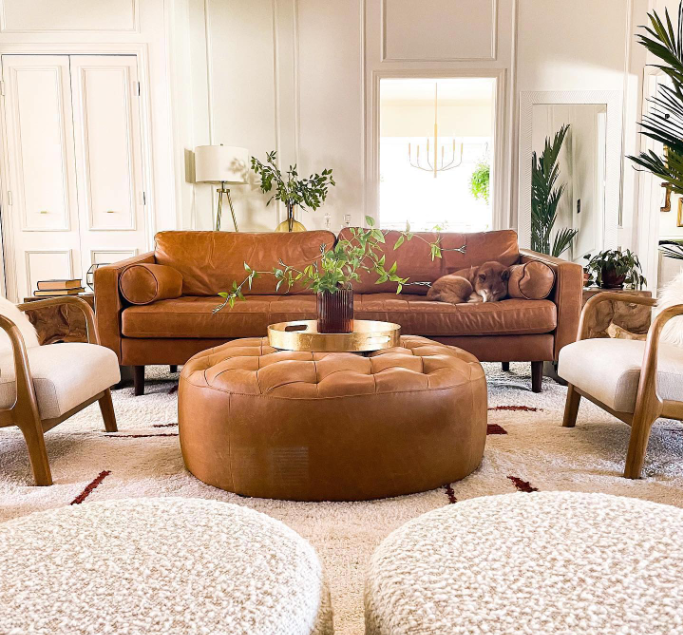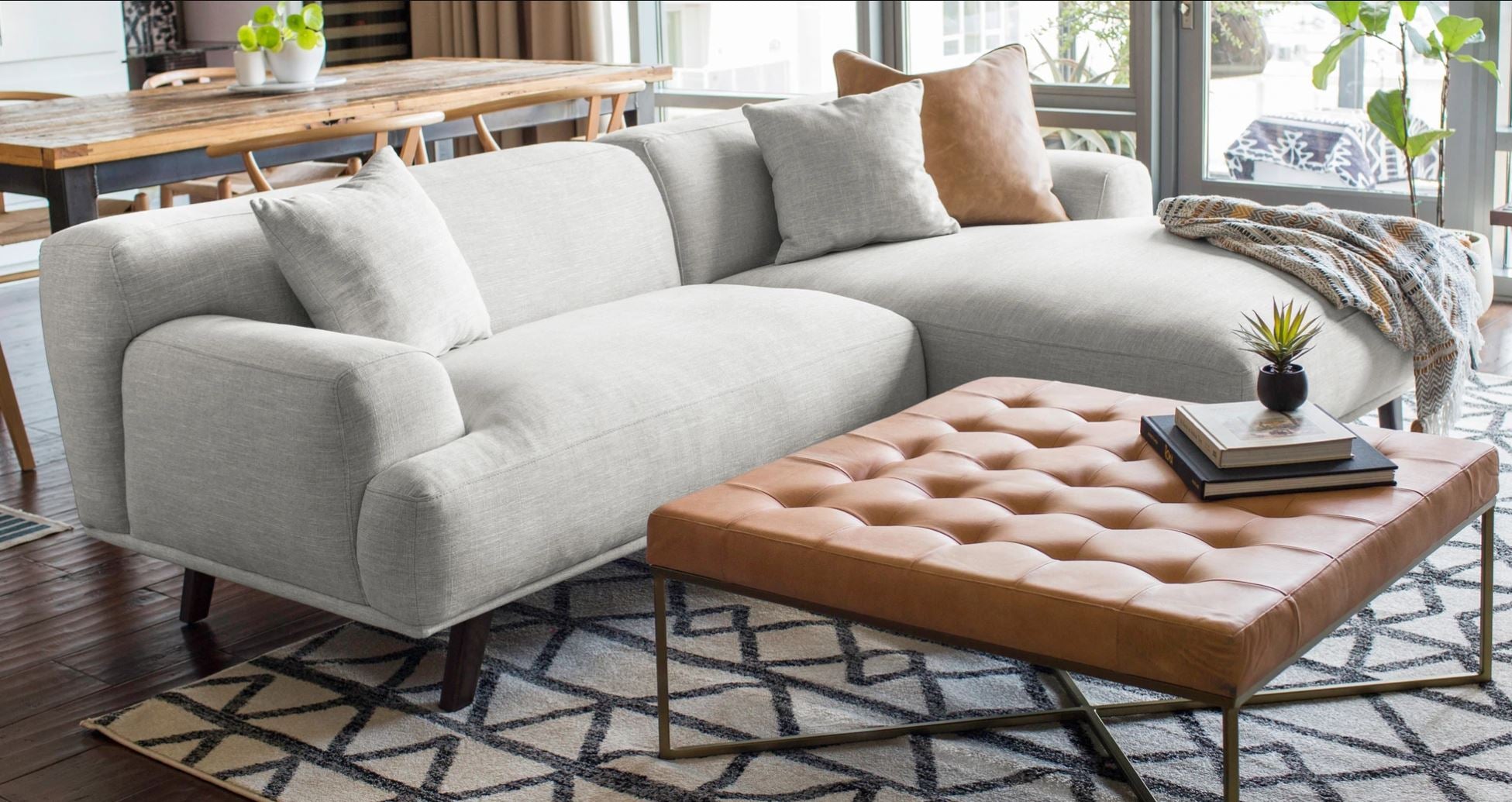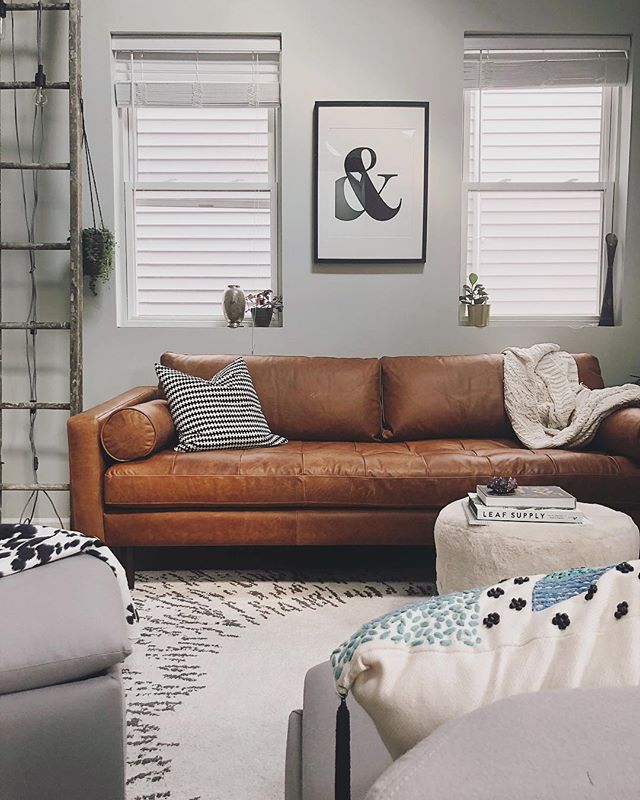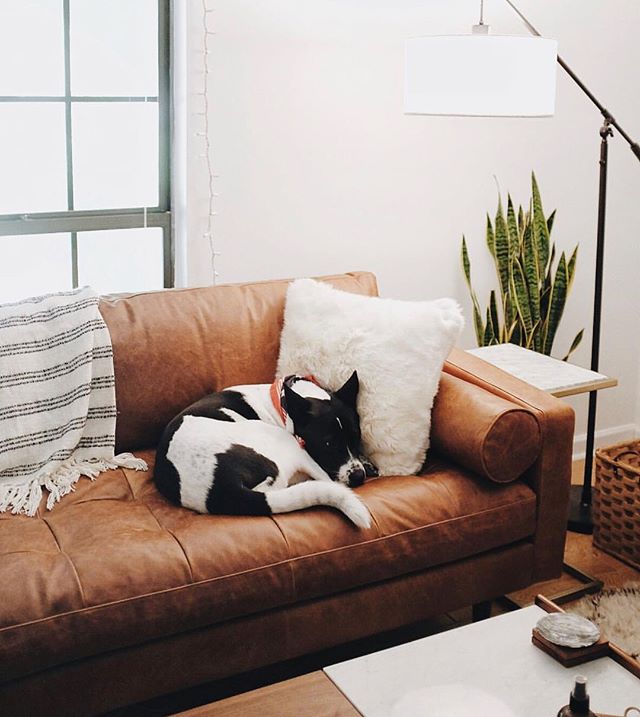You've probably heard of Minimalism as a design style or even Maximalism.
Two extremes in design that have clashed for so long, but what if I told you they aren't enemies? If you're game for following along, we'll introduce you to a happy medium where your lifestyle and decor preferences can live peacefully.
If you need a little refresher on what Minimalism and Maximalism are, let's run down a little Cliff Notes style to explain what they both are.
Technically, Minimalism was a post-World War II art movement. In theory, Minimalism as a lifestyle can fit into this as a need for livable and movable art continues to rise, and more of us consider how our immediate environment shapes us. If we look at it like this, Minimalism is a lifestyle practice where the adaptation of such a standard is to create minimal waste, clutter-free, easy in decor that is easy on the eye, and a slow living experience. It is exhaustive, but I am sure you get the point. It promotes productivity and focuses on creating high-functioning systems that streamline decision-making based on need. Therefore, it happily opens a door, invites people to use only what is needed daily, and encourages the disposal of anything that is not. Sounds great, right? It does. Here's the thing about it, though, it certainly is not ideal for everyone.
Sometimes you want a little more. And there should be nothing wrong with that. But for those who struggle to find space here, after a while, it can start feeling legalistic, which could make you feel bound in ways we should never feel, especially with having autonomy over our homes and what we deem to be vital to us in them. It should be work, liberating, but it shouldn't feel like an unbearable burden.
We know that for every action, there is a reaction. With the hype from the Minimalist movement, there was naturally some resistance, and the rebuttal to The Motto "Less is more" came "More is more." Maximalism, however, is not about a full-on refute and rebellion of what Minimalism stands for, as some may think. It was a well-placed opportunity to bring some much-needed contrast to the table. Let us explain where Minimalism can seem cold and sterile Maximalism thrives. Minimalism often, but did not eliminate the guise of color, which to some may seem as though it pulls the personality out of space, especially for the person who may want to adopt a more minimal lifestyle but has trouble visualizing themselves in it because there is a lack or representation in what they understand it to be, but that is just the downside about categories and labels.
Maximalism invites and encourages the use of colorful and bright open spaces. It fosters a creative edge and thrives under the likeness of a more eclectic footprint. Maximalism wants you to keep the things you love. No need to throw them away or banish them to a dark junk drawer abyss but find a place for it and savor it.
Looking at the two extremes of Minimalism and Maximalism, it might be hard to grasp the spectrum concept, which would lead to jumping in headfirst and committing to one if you believe that all you have are two options but what if we told you there is a third option?
Essentialism design enters the chat on the Minimalism vs. Maximalism debate.
"Pare to the essence, but don't remove the poetry." When Leonard Koren said that, he may not have been exclusively speaking about design in this way, but Essentialism's ethos is always editing in all forms. As frequently as life changes, so should our ability to determine what is essential to us and how we should be left to our own devices to use it. You make up what it is. To be clear, it is still an indoctrinated pursuit of less, and there is just more freedom to work within its parameters. For example, where Minimalism can limit you to a certain number of throw blankets (for the sake of argument) and Maximalism tells you to knock yourself out, Essentialism says to regulate what you need and what is necessary for you to live your life on a more viable level and then get rid of what is extra.
Where Minimalism draws to clean slates, and blank canvases and Maximalism takes those canvases and throws some paint on them, Essentialism will take that canvas and make it a usable nondiscriminatory marrying of the two.
Where Minimalism uses Successive contrast by layering the monochromatic and Maximalism runs along the analogous using colors that make your eyes believe that they have no edges or lines so they bleed into one another, Essentialist design can have more of a neutral approach being able to take from a piece of something and add it to something else, the same way you would in creating a multi-functioning space like a bedroom that doubles as an office space.
Color Theory Crash Course
If white is the absence of color and black is the culmination of them all, then Minimalism would be West, Essentialist design would hold anchorage in the middle, and Maximalism would fall East of that. They are relational to one another. Not mutually exclusive.
You have to consider how color affects you and how you can do your best to utilize it and make it work for you rather than against you. There are significant opportunities that can be capitalized on to maximize this. Let's analyze an example. Here, we have Justin. Justin works from home. There is no need to go into what he does precisely, but it's safe to assume he works in the creative space. He does great at his job, he has a solid morning routine that helps him set the tone for his day. He has systems in place to help him focus and stay productive because he has trouble with Sensory Processing, making it more challenging to register his sensory input effectively. For someone like Justin, color placement is important because he needs help from the addition of color to guide him in his day-to-day life, which makes this essential for him, while someone else may very well need the absence of color or something on an Achromatic scale to help cleanse their creative palette. This is why zones are helpful, which makes Maximalism a vital piece of the conversation because the absence of color, no matter how vibrant, is vital.
Let's get into how each piece can help us self-actualize, augment our spaces, and improve our quality of life because designing a space should do that. So, let us show you the ways our pieces can add function and form to your best Essentialist life.
Maximize Color With Texture

Discreetly Monitor Stimulation With the Goa Coffee Table

Compound on Layers and Textures with the Napa Velvet Left-Facing Sectional Sofa

Wrapping up the color in texture is the Napa Velvet Sectional. Everyone at one point in their lives has done the coveted velvet brush. You know, when you run your hands across velvet to watch the subtle color and texture change. We can't be the only ones guilty of this. As light peels into where this blue velvet sofa has called home, you can imagine how this beauty changes with the light. The deep blue upholstered seat juxtaposing contrast with this sectional is one of a Minimalist's dream, the drama.
Try Essentialism in Contrast

Essentialism in contrast, can mean not missing an opportunity for wall art that adds depth but doesn't take away from the overall feel of the space. In Essentialism, you appreciate big moments where contrast is noted in textiles, metals, and florals. The most noticeable contrast you can have is black and white. The Weave Chair adds layers in the way it contrasts the lighter woven seat, and the curved back adds character and breaks the repetitiveness of the straight line. Let's also try not to be afraid of contrasting shapes but lean into them as they draw sightlines and soften the edge quite literally.
Use Floor Mirrors Like the Kurve Floor Mirror

We will go with the assumption here that mirrors are fair game. No one can ever argue that a mirror isn't essential because we all use them no matter the degree to which we wish to admit to it or not. 'House of Mirroring' might be excessive, but they're significant. With the bonus of mirrors being functional art, there is no need to choose between statement pieces when you have one that can work for you.
Framing like the Kurva Floor Mirror adds depth and definition when speaking about its American Black Walnut roots. The way it creates sightlines that don't naturally exist just adds to the list of pros in how it represents the contrast in Essentialism. It changes composition and allows spaces to seem larger than they are, reflecting light to brighten up rooms or both.
Try Pink as a Maximalizing Contrast

Sure, the color is excellent. Tinting makes it worthy to rest in a Minimalist's safe space or someone straddling the line and can't decide. Pink may be a bold choice, but it is more of a neutral one, and the soft ductile cushions bring an inexplicable calm. It draws you in, not pushes you away for an inviting night of binge-worthy TV or someplace to have the plot of your current fiction read knock the wind out of you. As a maximalist, this is the place to create memories offset by neutral tones and deep woods to set your space apart from the rest.
Be Kind to Your Senses

We'll revisit our conversation about color and sensory processing to close this out. It does not mean the absence of color or bold color; stimulants are mindfully placed. Although this may not apply to all, it is worth a thought or two because color placement affects us all, which is why some colors are used to suppress appetites and others used to intensify them. Look at some of your favorite fast-food chains, and you'll notice the use of the same colors across the board.
We organize and process information by what we touch, taste, see, smell and hear. The taste may be the only one not directly related here because furniture isn't edible or shouldn't be. This space uses our Paxton Counter Stools to create a warm and welcoming environment that can rest in Essentialist heaven.
Essentialist design as an alternative is worth trying to taste the best of both worlds. Click here to browse what's new on the site to add to and elevate the essentials in your life today.
































































































